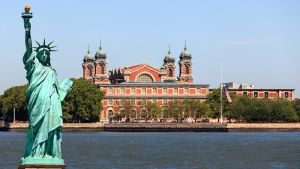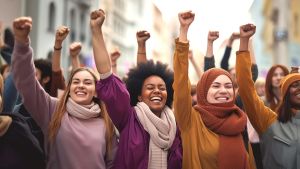By Chris Hoenig
 The last realistic legal roadblock is gone and now the legal reforms borne out of New York City’s Stop and Frisk program can begin to take hold.
The last realistic legal roadblock is gone and now the legal reforms borne out of New York City’s Stop and Frisk program can begin to take hold.
The U.S. Second Circuit Court of Appeals, in a unanimous decision, threw out the appeals of the NYPD’s police unions, who were attempting to block a settlement full of policing reforms recommended by a federal judge from taking effect. They can still appeal to the U.S. Supreme Court.


















